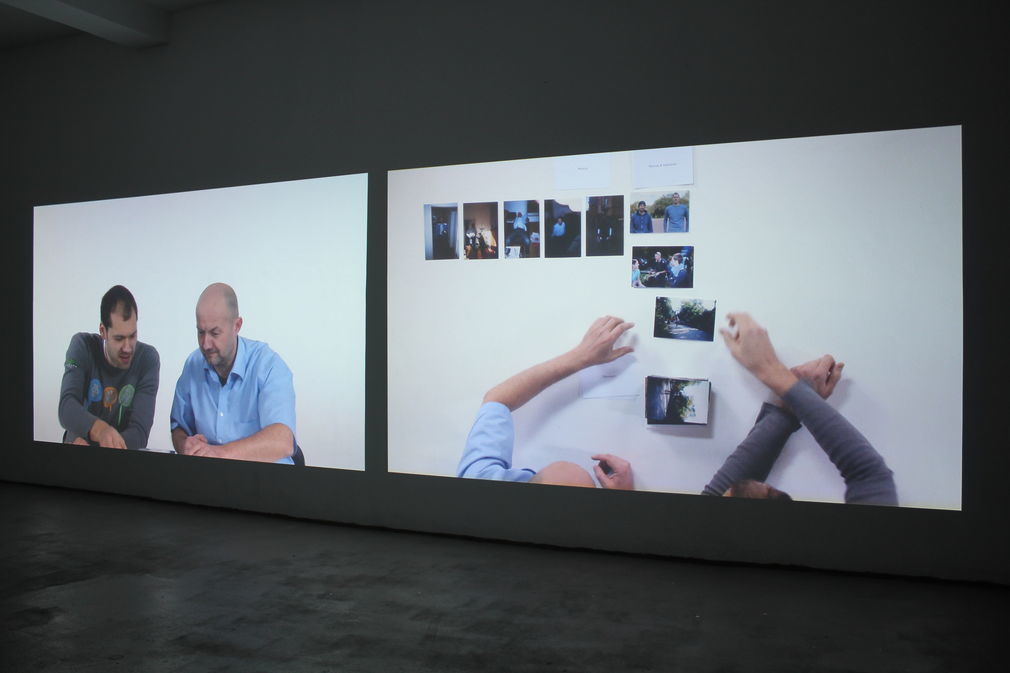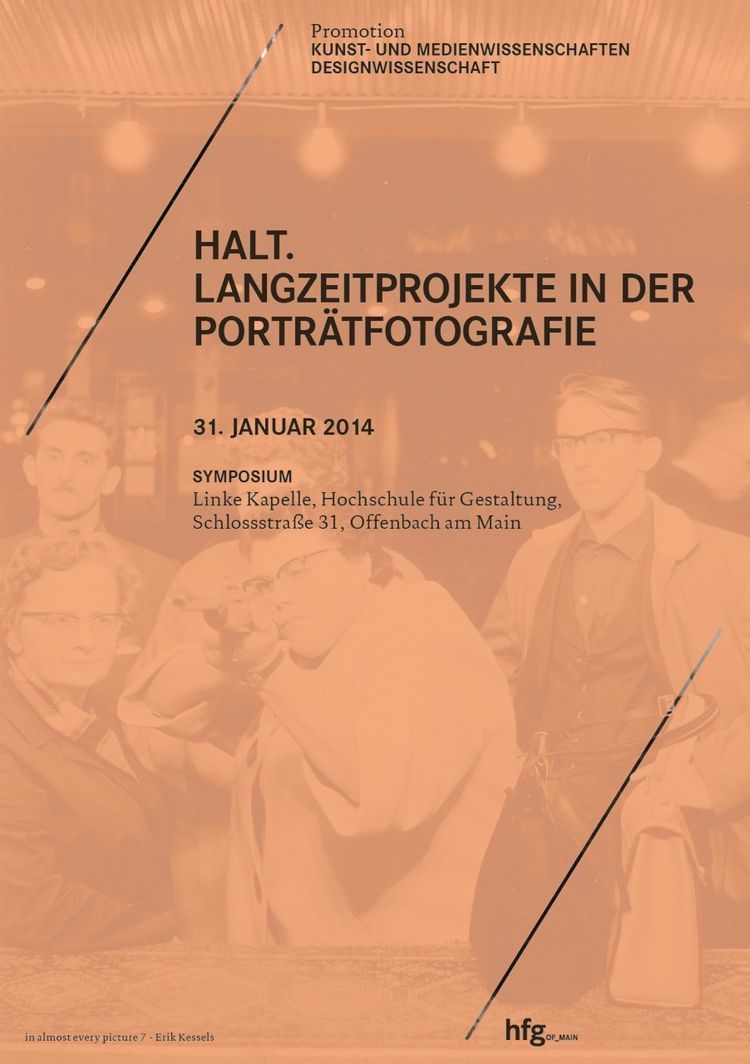Dr. Tania Ost
Long-term projects in portrait photography
(School of Art)
Long-term projects accompany a subject for a prolonged period of time, though its length must be defined in relation to the motif depicted. In comparison with other projects, which likewise take a long time, the passing time itself becomes a topic. My particular interest is in portrait photography.
Long-term projects in portrait photography range from authenticity to orchestration: Depending on the intention, the photographer initially chooses a rigid concept, or allows an open outcome. As such, some long-term projects come close to a strict academic study. Whether or not, over time, the photographer becomes closer to the person or the latter grows in confidence with regard to media – the facial expression always ranges from natural to posed.
Only the collected works, not individual photographs, represent the actual oeuvre: Whereas with works comprising a single piece the question of arrangement can arise, with series in general and long-term projects in particular it must be addressed. The volume often exceeds the scope of or space available for an exhibition, thus presenting the curator with the task of making a selection. For this reason the catalog, which otherwise appears as a side product of an exhibition and serves as documentation, enjoys a special position in long-term portrait photography projects. While catalogs for the most part only reproduce parts of exhibitions, vice versa exhibitions only reproduce sections of a long-term project. An illustrated book is the only appropriate place for the complete series. In some cases, books such as these often precede public display in an exhibition context. Though, in comparison with the time it took to compile the collection, leafing through the book takes just a moment, it gives the subject a befitting intimacy, especially as the series of photos corresponds with the subject’s chronological development – the aging of the person portrayed. Photographers are increasingly also portraying family and friends – as family members are mostly always available, whereas other models always need a fixed appointment. This also raises the question of the extent to which these illustrated books differ from family albums.
The observer has no memories of the person portrayed: Within the series he looks for changes, or the constant in change and, on the basis of the individual snapshots, the implied time, and his own experience of life, creates an in-between narrative.
Supervisors:
- Prof. Heiner Blum
- Prof. Dr. Christian Janecke
- Prof. Klaus Hesse Hesse



